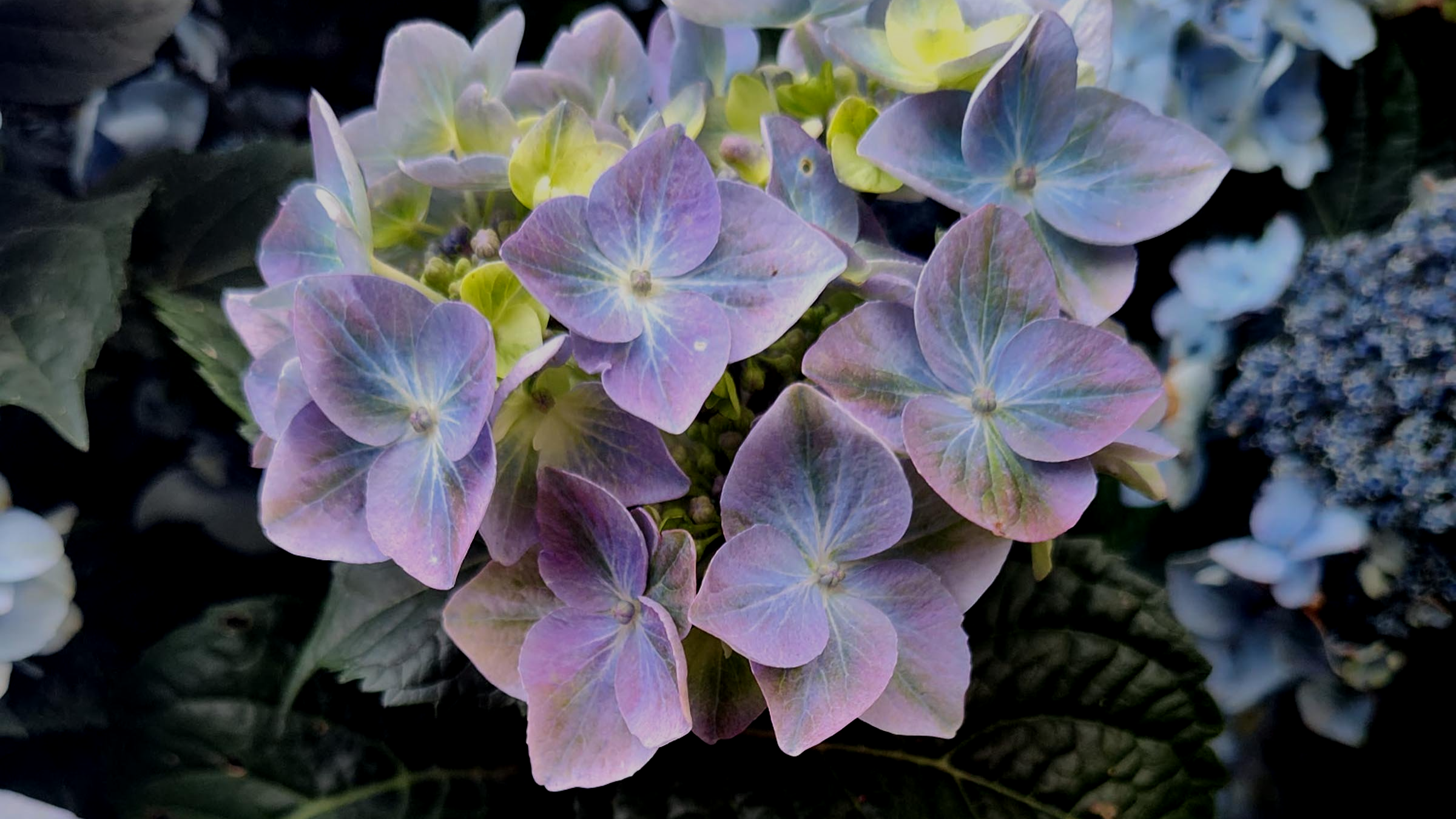Out of all the different types of vines that I have sold over the years, wisteria is by far the queen of them all. It is the personification of what people think of as a vine and when gardeners want a plant that will travel and cover some space, I always recommend wisteria. But, it’s not a plant for the faint of heart. If left unattended, it can rip the very shingles off your roof, tear down your gutters, or topple over your fence. In just a few short years it can climb to the top of an 80-foot tree. The stems can become so large that they will eventually crumble the very boards that were designed to support them. It can devour your yard before your very eyes. Worst of all, often it won’t even bloom. However, when properly maintained, a wisteria vine can be simply glorious. The question then becomes: “How do I “properly maintain” my wisteria” so it won’t eat my house and will bloom every year”, here is some guidance…
One of the most frequently asked questions that we receive here at the nursery is: “Why doesn’t my wisteria bloom?” and there are a couple of reasons. First of all, when you purchase a wisteria, ask for a plant that has been grafted. Seedling plants can take 10 to 15 years to come into bloom, but a plant that has been grafted will usually bloom the first year you plant it. Be sure you understand where the graft is located, because any growth that develops from below the graft will need to be continually removed. Wisterias will grow just about anywhere, but perform best in at least a half-day of sun and well-drained soil.
In addition to starting out with a grafted plant, the secret to getting wisteria to keep blooming is in the pruning. Once it is established, you will need to do a summer pruning followed by a winter pruning or else all you will have is a huge tangle of vine and only some scattered blooms. Here’s how you do it…
Somewhere around the 4th of July, you need to cut back all the twiggy growth to within 12 inches of the main stems. This will keep the vine within bounds and start the process of setting buds for spring. It is always okay to do “light” pruning anytime, but this summer pruning must be done if you expect to have lots of flowers the following spring - it may take two seasons before you start reaping the rewards of this regime. For the rest of the summer you can let your wisteria grow.
In the winter, preferably late February or early March, you should again go in and shorten all the twiggy growth - this time you need to cut it back to within 6 to 9 inches of the main stems - those 6 to 9 inch stubs that you have left are where the flowers will develop for spring. This is an aggressive pruning program that may seem extreme if you don’t understand the value of it. It has the potential for creating huge spousal conflicts, but trust me, it works. Your wisteria vine will be tidy and full of blooms instead of a rat’s nest of twigs and few-to-no blooms.
If you follow this regime you should have a very well-mannered vine with lots of fragrant blooms around this time of year, which will make all that pruning feel well worth the time and effort.



